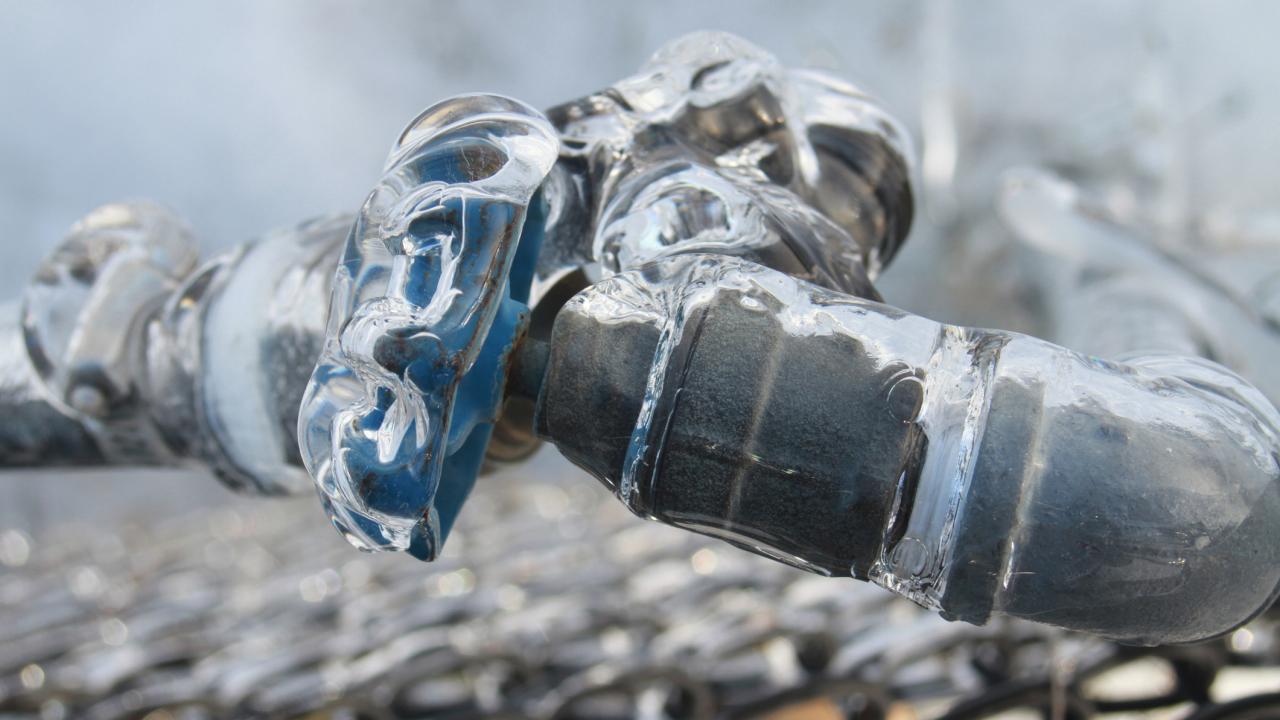Shielding Pipes from Cold Weather Issues: Essential Approaches
Shielding Pipes from Cold Weather Issues: Essential Approaches
Blog Article
What're your thoughts about How to prepare your home plumbing for winter weather?

Cold weather can ruin your pipes, particularly by freezing pipelines. Here's how to stop it from happening and what to do if it does.
Introduction
As temperatures drop, the danger of frozen pipes increases, possibly causing expensive repair services and water damages. Comprehending how to avoid frozen pipes is essential for property owners in cold environments.
Understanding Icy Pipes
What causes pipelines to ice up?
Pipes ice up when revealed to temperature levels listed below 32 ° F (0 ° C) for expanded durations. As water inside the pipes freezes, it broadens, putting pressure on the pipeline walls and potentially causing them to burst.
Dangers and damages
Frozen pipes can cause water supply disruptions, building damages, and pricey repairs. Ruptured pipelines can flooding homes and create substantial architectural damage.
Signs of Frozen Pipes
Recognizing icy pipelines early can avoid them from bursting.
Exactly how to identify icy pipes
Try to find lowered water flow from taps, unusual smells or noises from pipelines, and noticeable frost on subjected pipelines.
Avoidance Tips
Protecting prone pipes
Wrap pipes in insulation sleeves or use heat tape to shield them from freezing temperature levels. Concentrate on pipes in unheated or exterior locations of the home.
Home heating strategies
Keep indoor areas appropriately warmed, specifically areas with pipes. Open up closet doors to enable warm air to flow around pipes under sinks.
Shielding Outdoor Plumbing
Yard hoses and outdoor faucets
Detach and drain pipes garden hose pipes before winter season. Mount frost-proof faucets or cover outside taps with insulated caps.
What to Do If Your Pipes Freeze
Immediate actions to take
If you presume frozen pipelines, maintain faucets available to soothe stress as the ice melts. Make use of a hairdryer or towels taken in hot water to thaw pipelines slowly.
Long-Term Solutions
Structural modifications
Consider rerouting pipelines away from outside wall surfaces or unheated locations. Add added insulation to attics, basements, and crawl spaces.
Upgrading insulation
Buy high-quality insulation for pipelines, attic rooms, and wall surfaces. Proper insulation helps maintain consistent temperature levels and decreases the threat of frozen pipelines.
Conclusion
Preventing frozen pipes calls for proactive steps and quick responses. By understanding the reasons, indicators, and safety nets, property owners can safeguard their pipes during cold weather.
5 Ways to Prevent Frozen Pipes
Drain Outdoor Faucets and Disconnect Hoses
First, close the shut-off valve that controls the flow of water in the pipe to your outdoor faucet. Then, head outside to disconnect and drain your hose and open the outdoor faucet to allow the water to completely drain out of the line. Turn off the faucet when done. Finally, head back to the shut-off valve and drain the remaining water inside the pipe into a bucket or container. Additionally, if you have a home irrigation system, you should consider hiring an expert to clear the system of water each year.
Insulate Pipes
One of the best and most cost-effective methods for preventing frozen water pipes is to wrap your pipes with insulation. This is especially important for areas in your home that aren’t exposed to heat, such as an attic. We suggest using foam sleeves, which can typically be found at your local hardware store.
Keep Heat Running at 65
Your pipes are located inside your walls, and the temperature there is much colder than the rest of the house. To prevent your pipes from freezing, The Insurance Information Institute suggests that you keep your home heated to at least 65 degrees, even when traveling. You may want to invest in smart devices that can keep an eye on the temperature in your home while you’re away.
Leave Water Dripping
Moving water — even a small trickle — can prevent ice from forming inside your pipes. When freezing temps are imminent, start a drip of water from all faucets that serve exposed pipes. Leaving a few faucets running will also help relieve pressure inside the pipes and help prevent a rupture if the water inside freezes.
Open Cupboard Doors
Warm your kitchen and bathroom pipes by opening cupboards and vanities. You should also leave your interior doors ajar to help warm air circulate evenly throughout your home.

We were shown that article on 6 Ways to Prevent Frozen Pipes from a buddy on another web address. Are you aware of another person who is excited about the subject? Be sure promote it. Thanks a bunch for being here. Revisit us soon.
Visit The Following Page Report this page